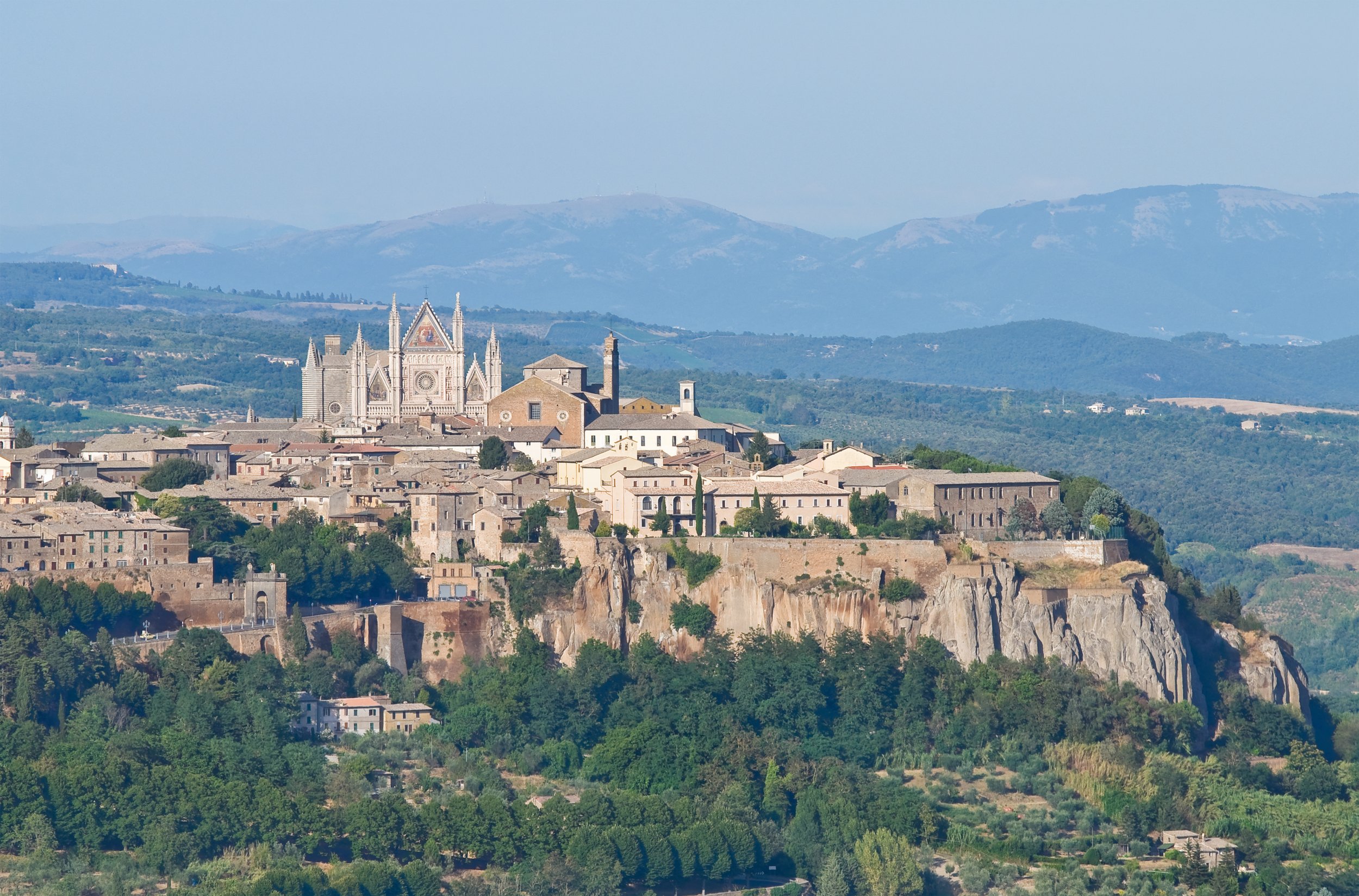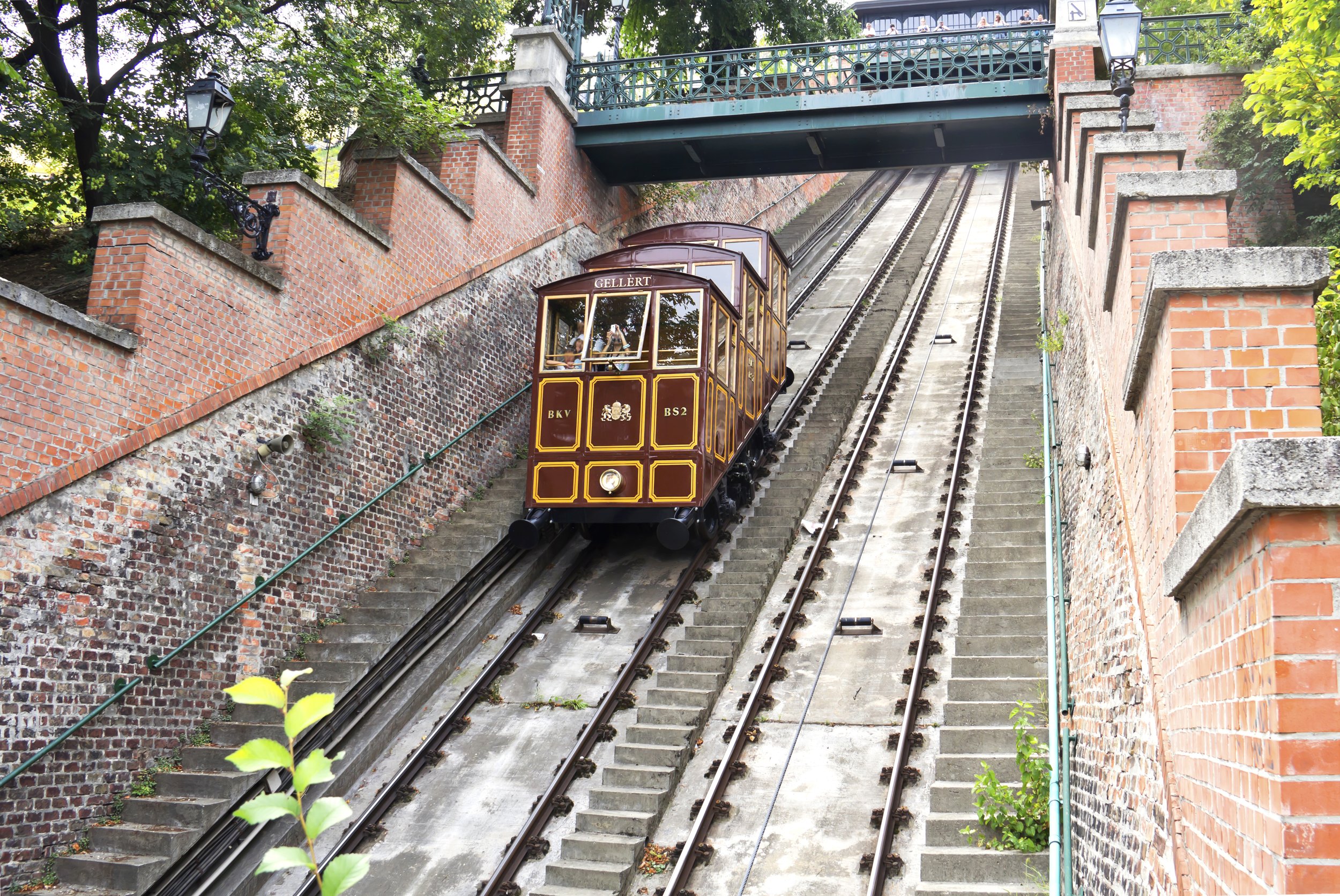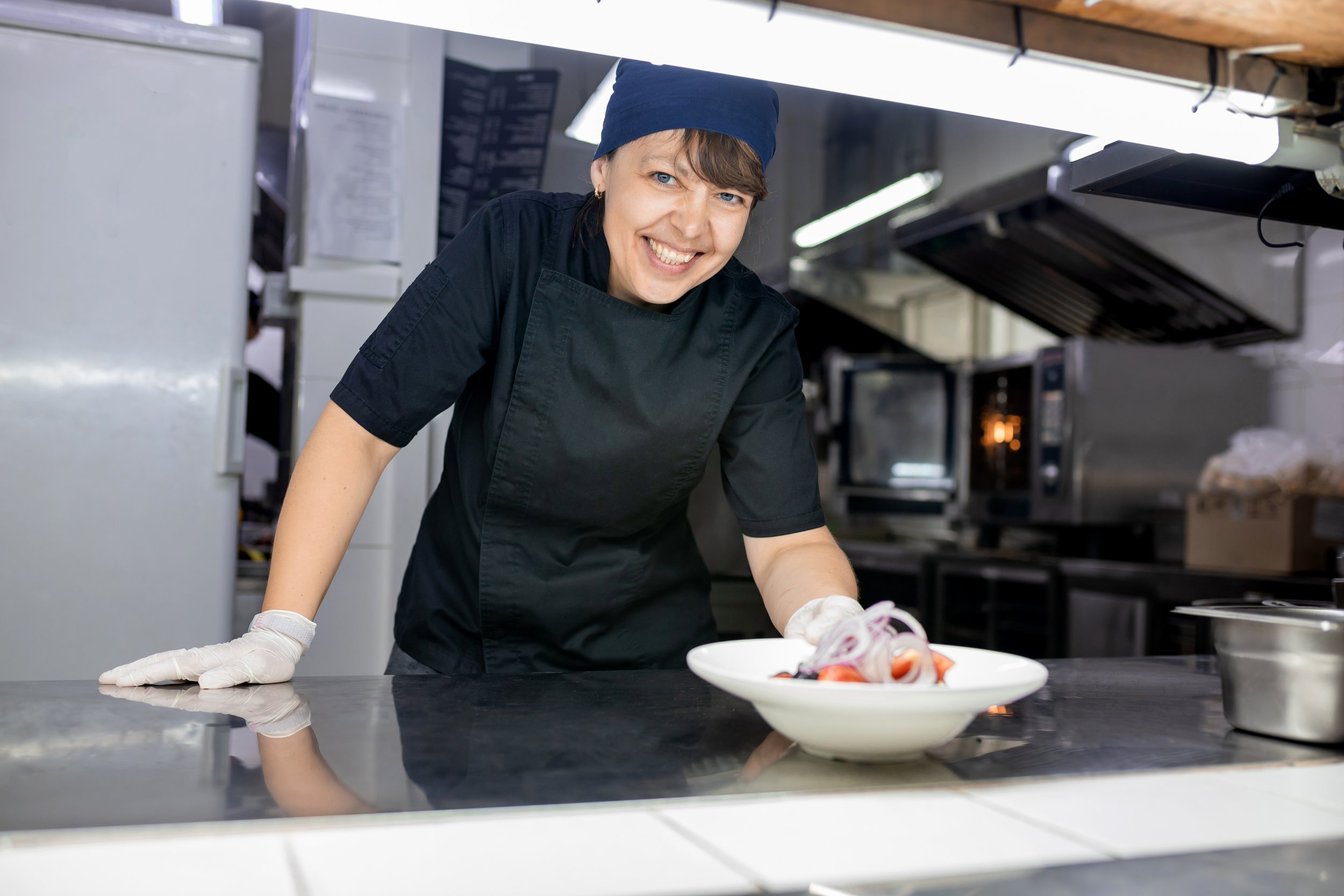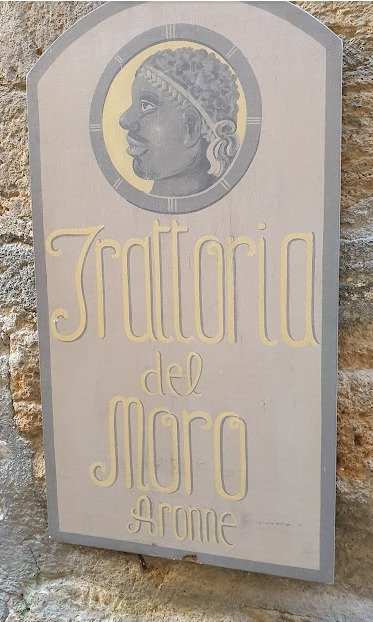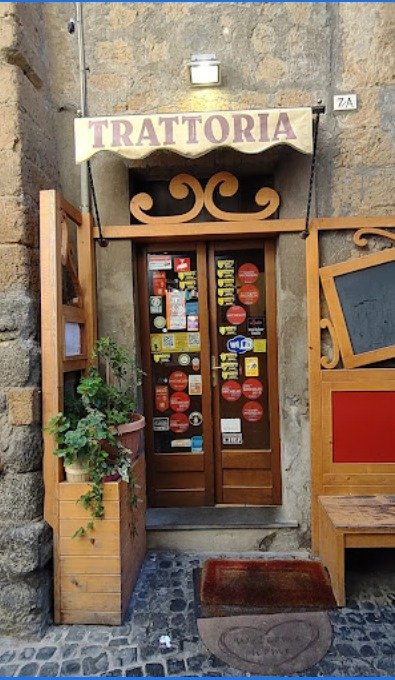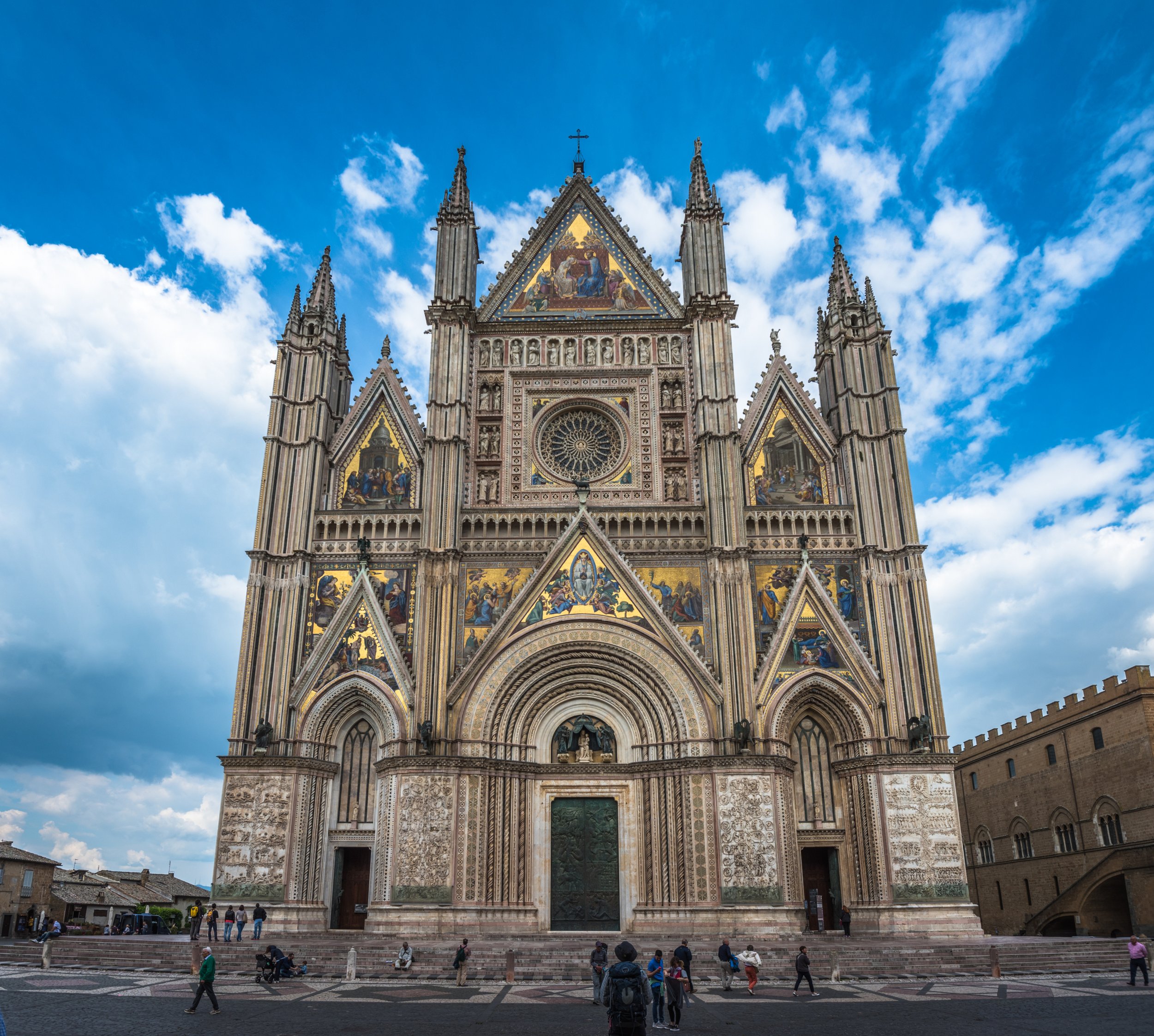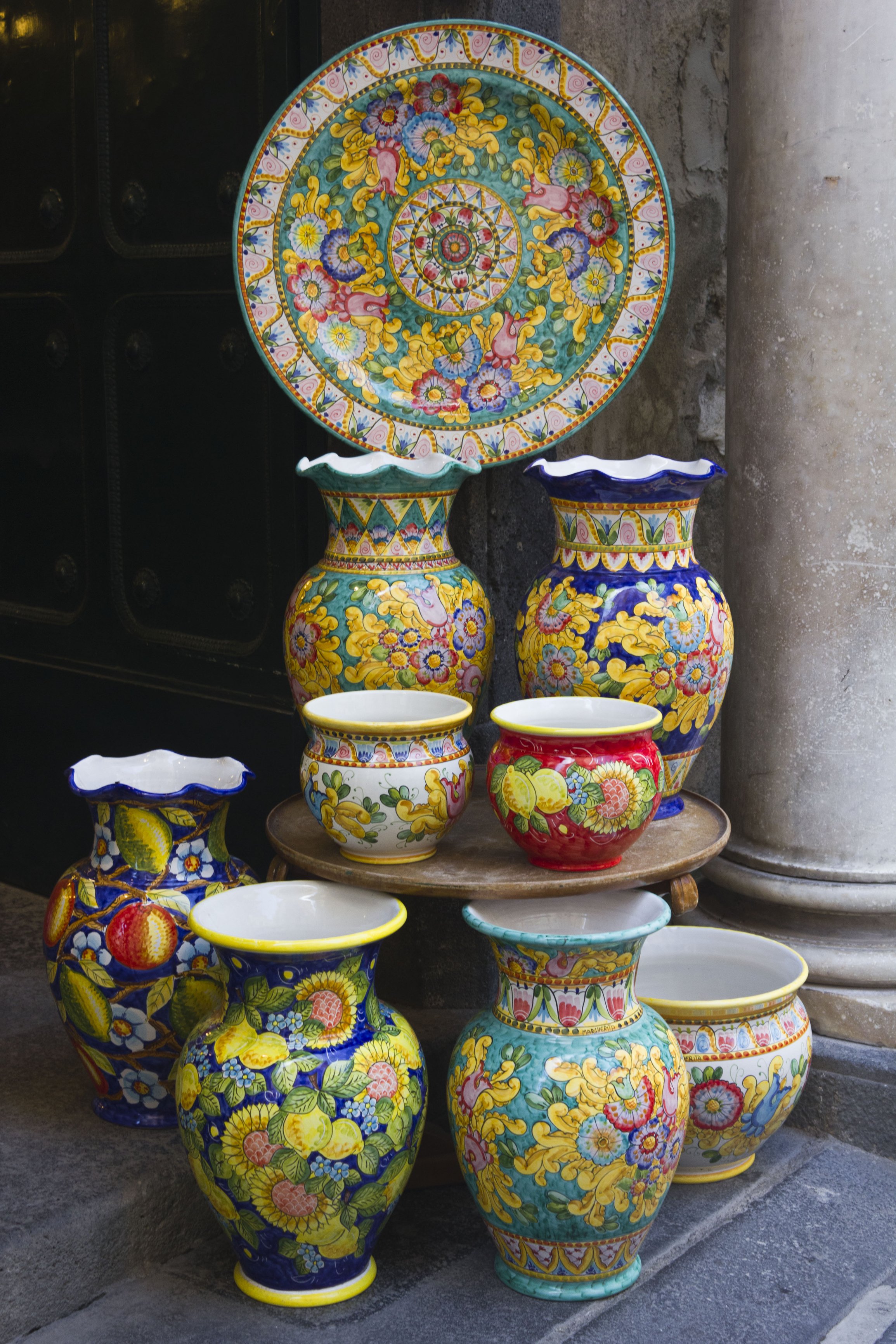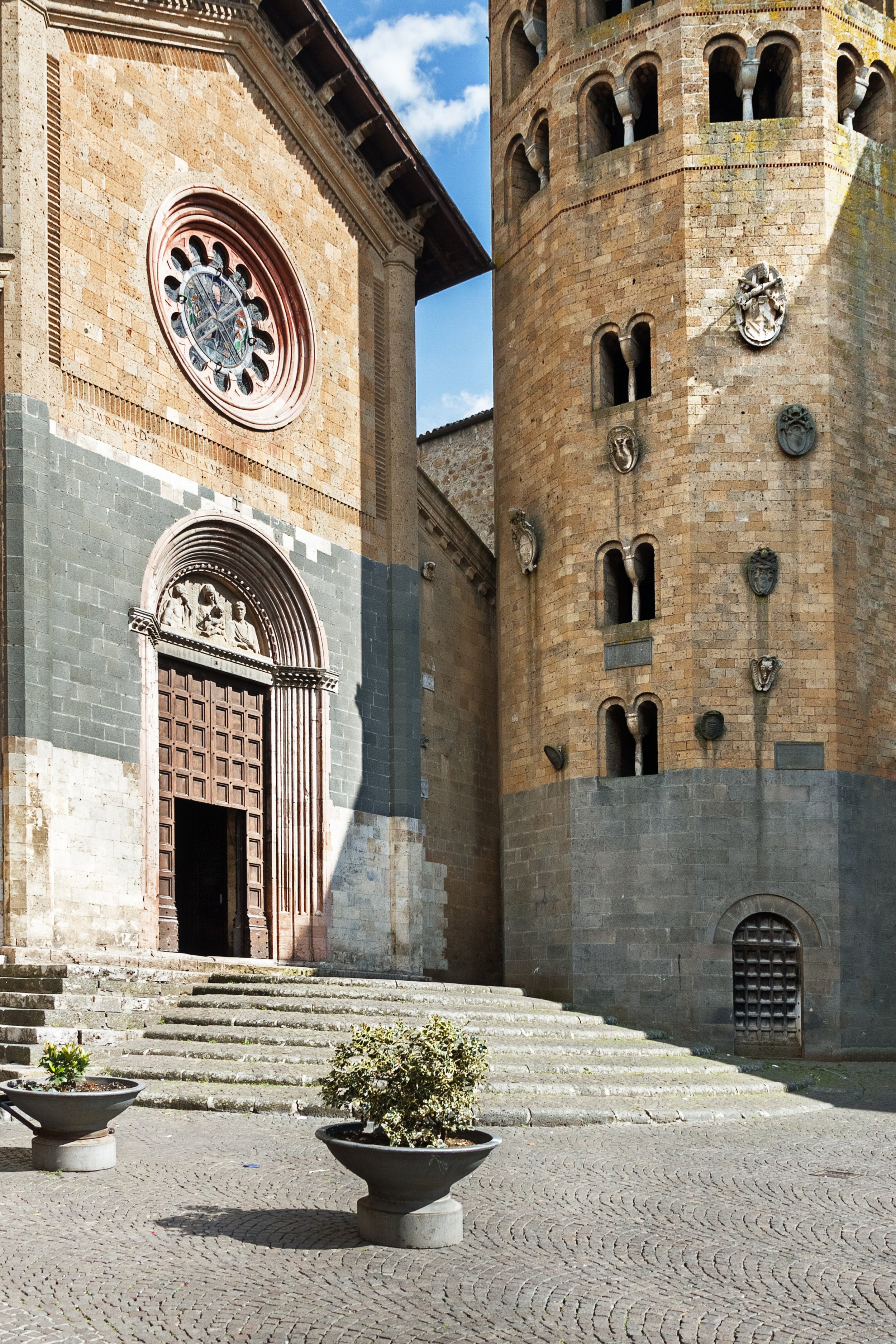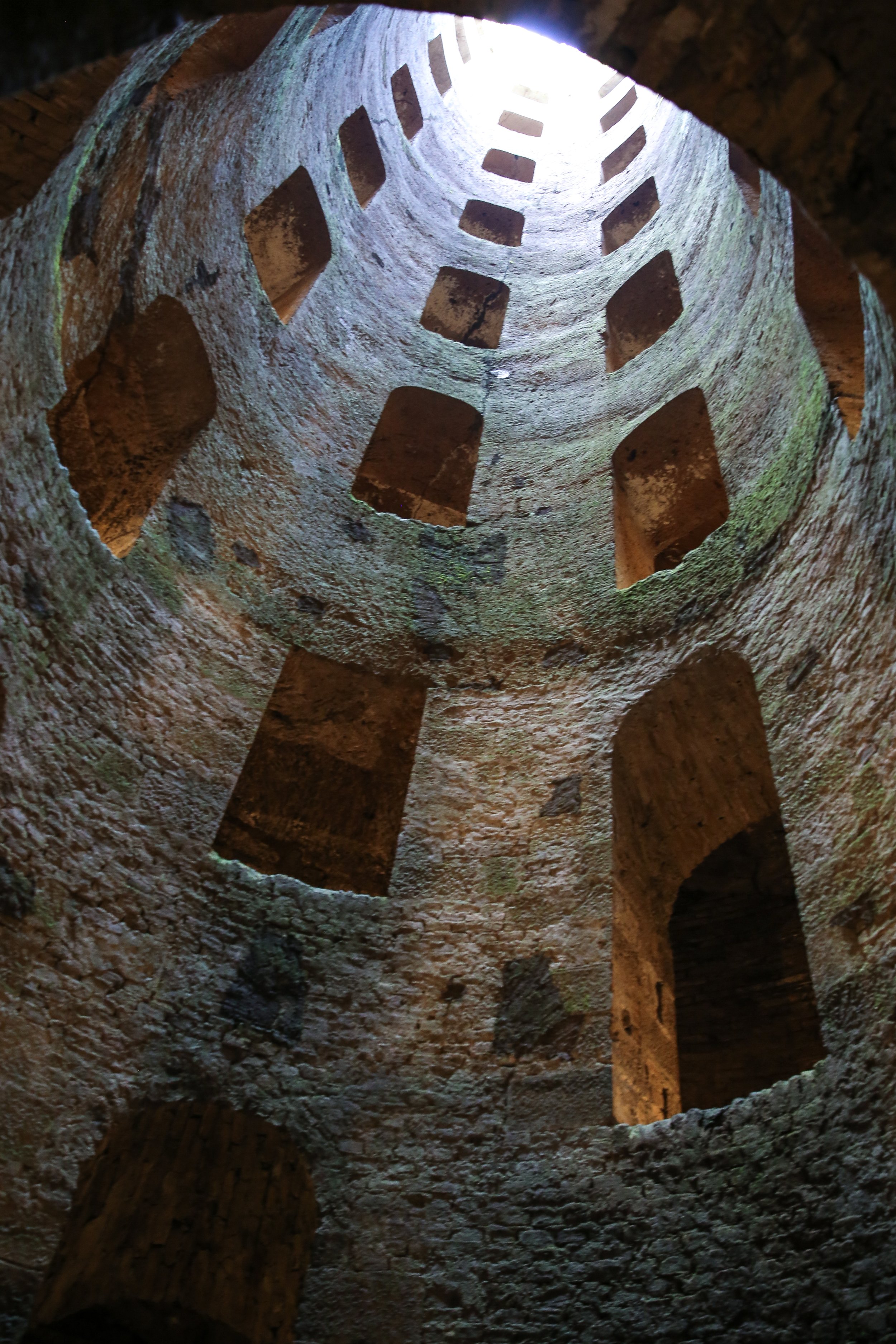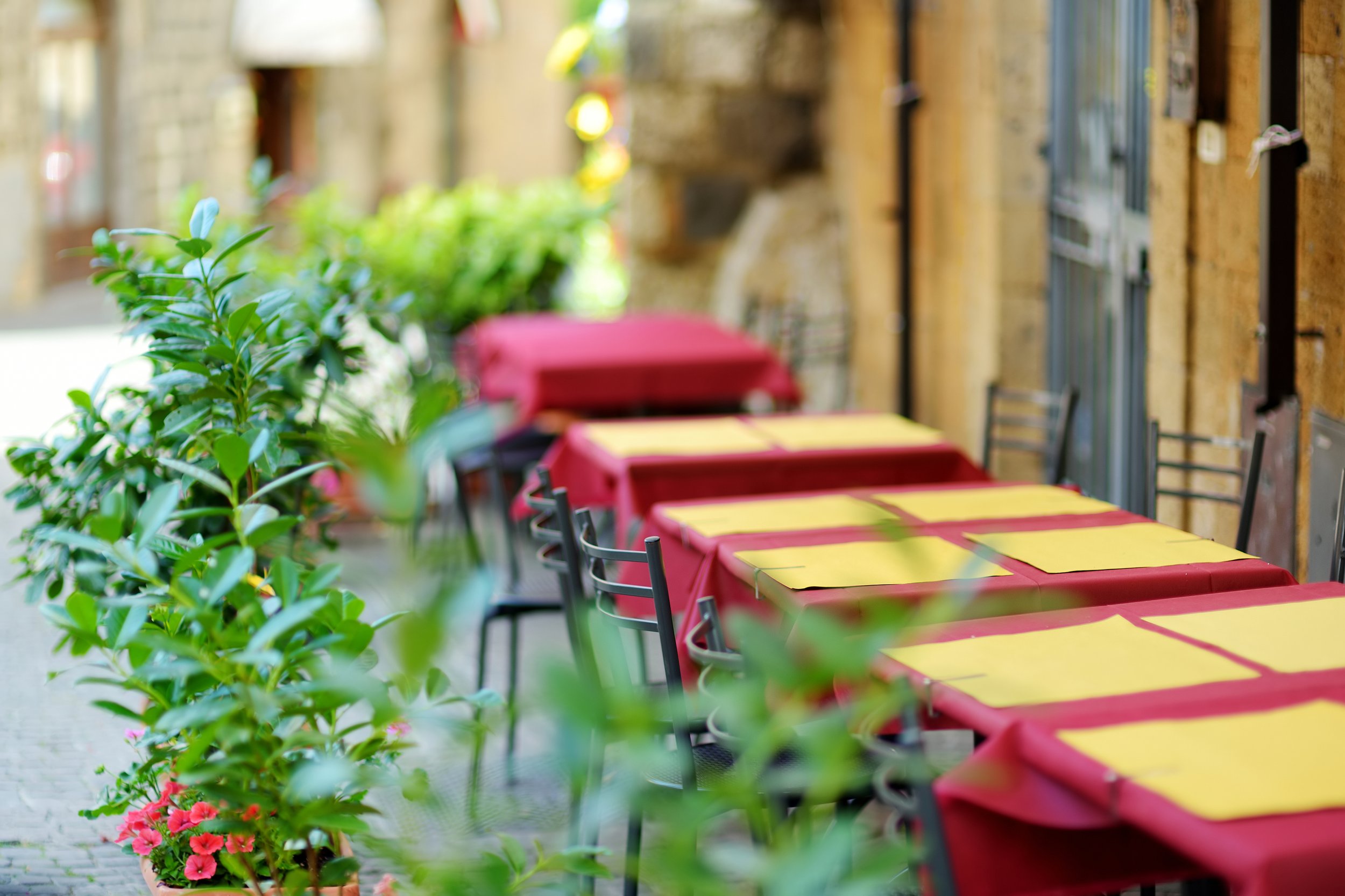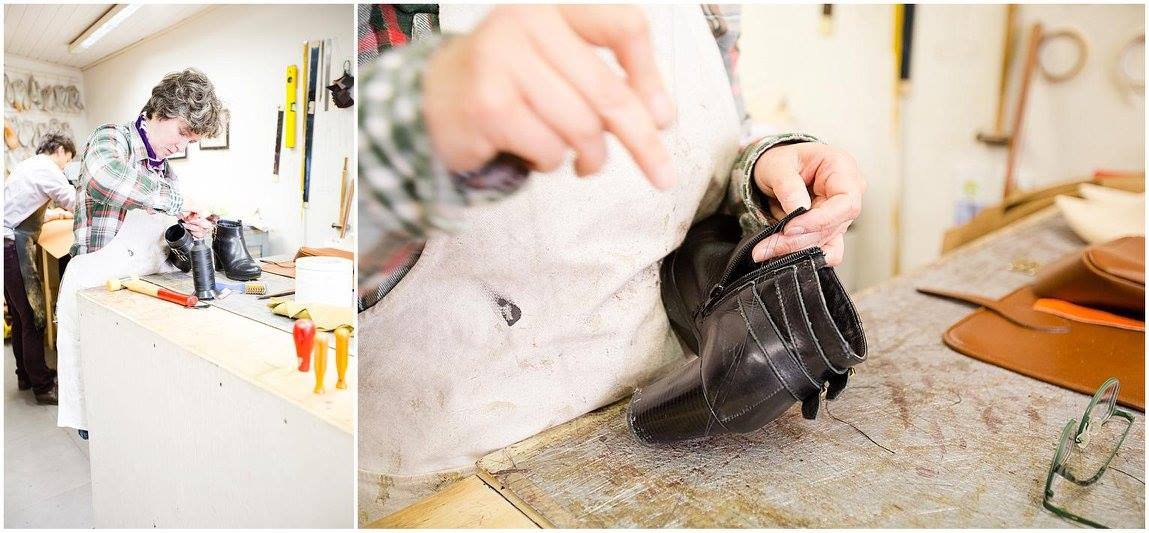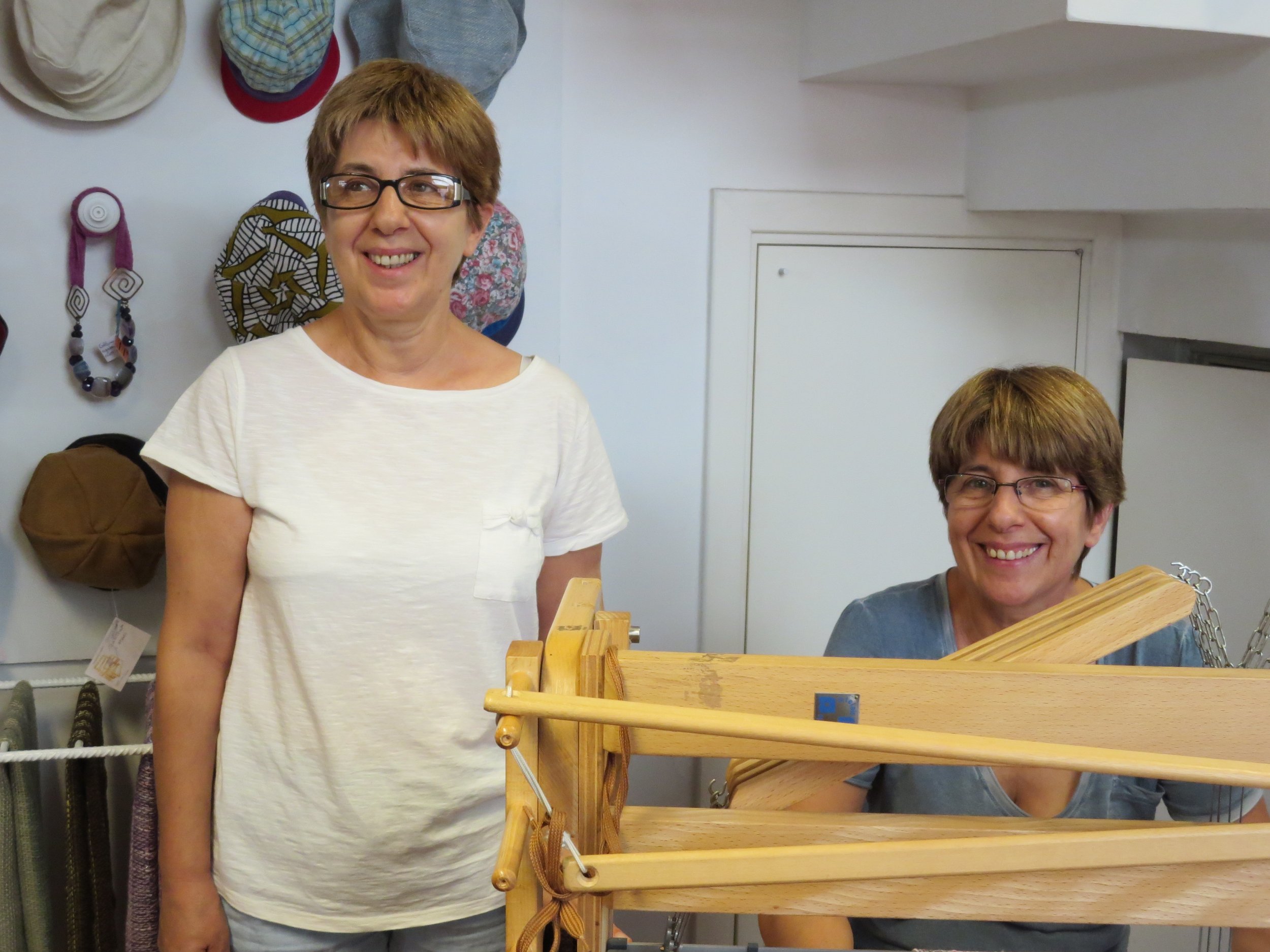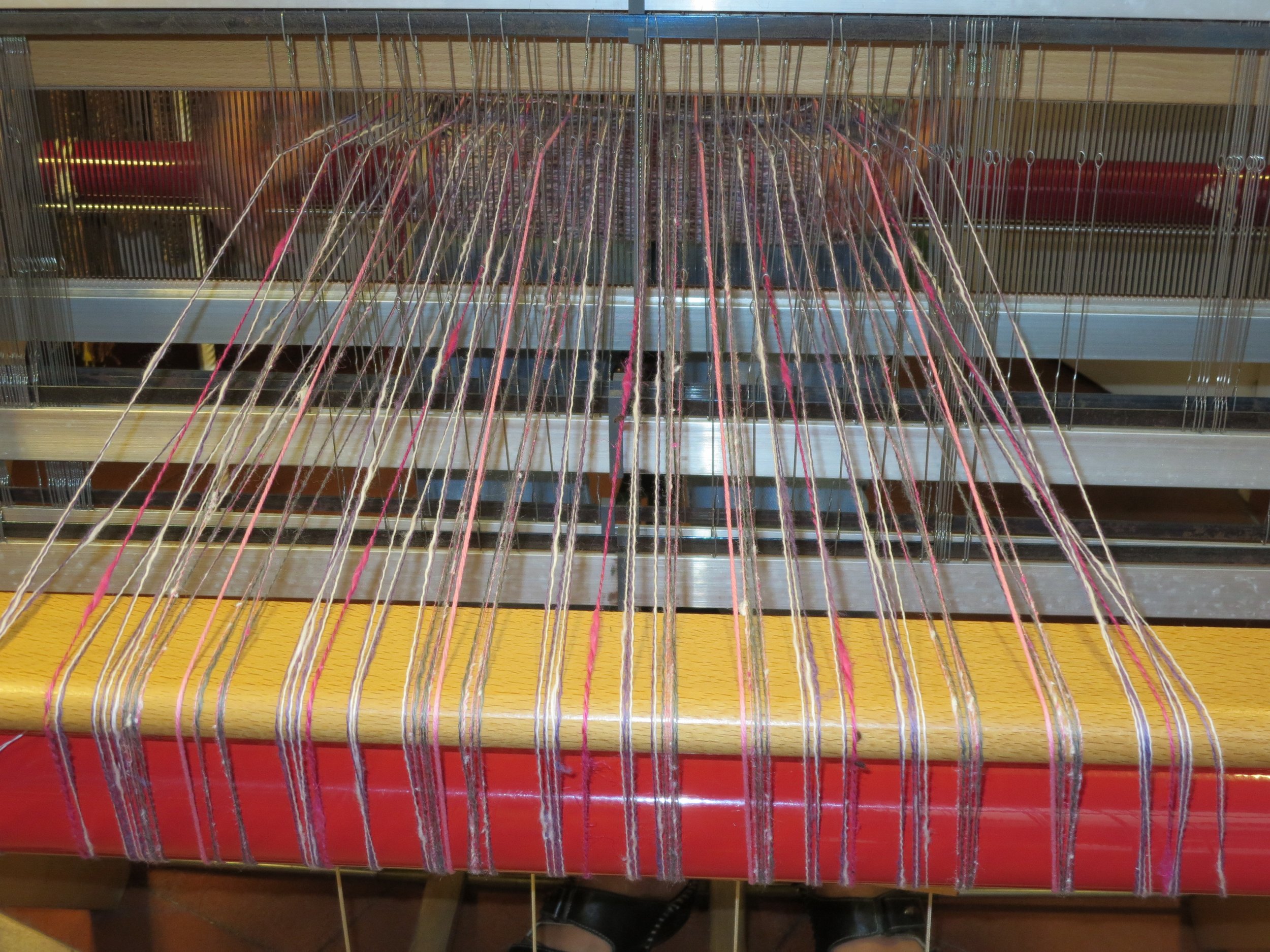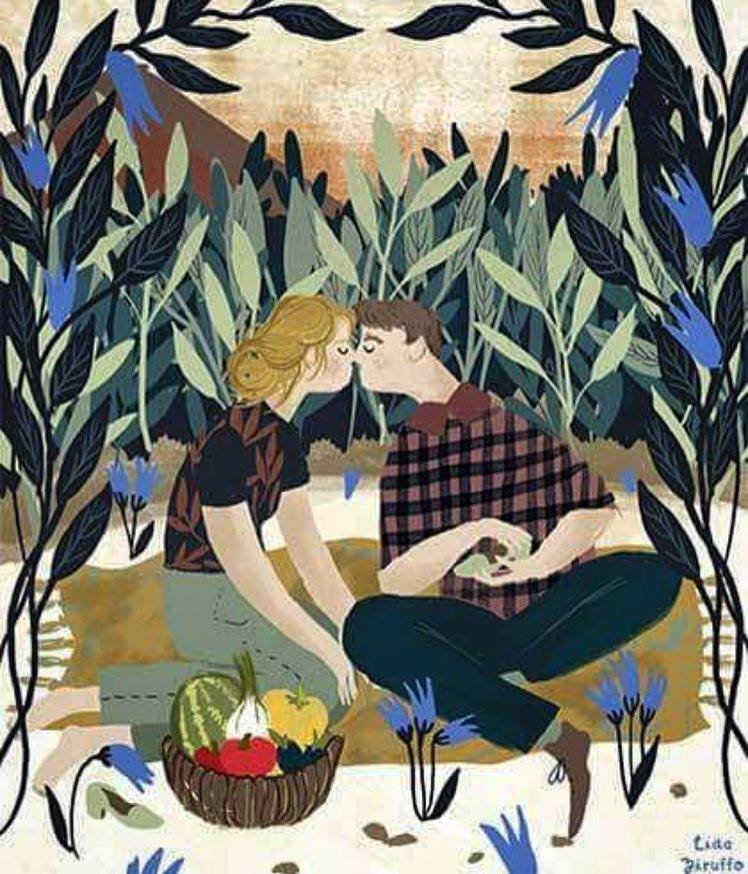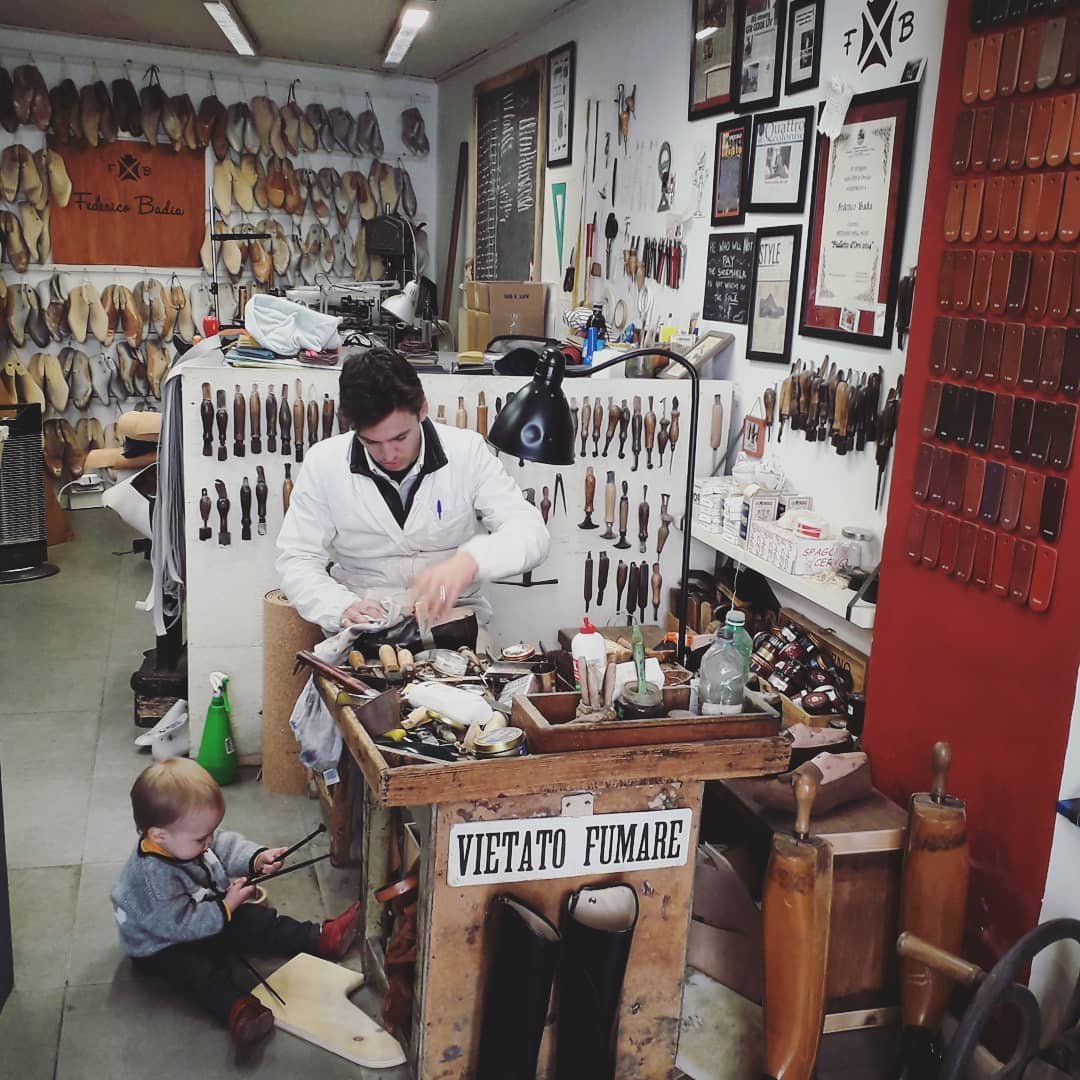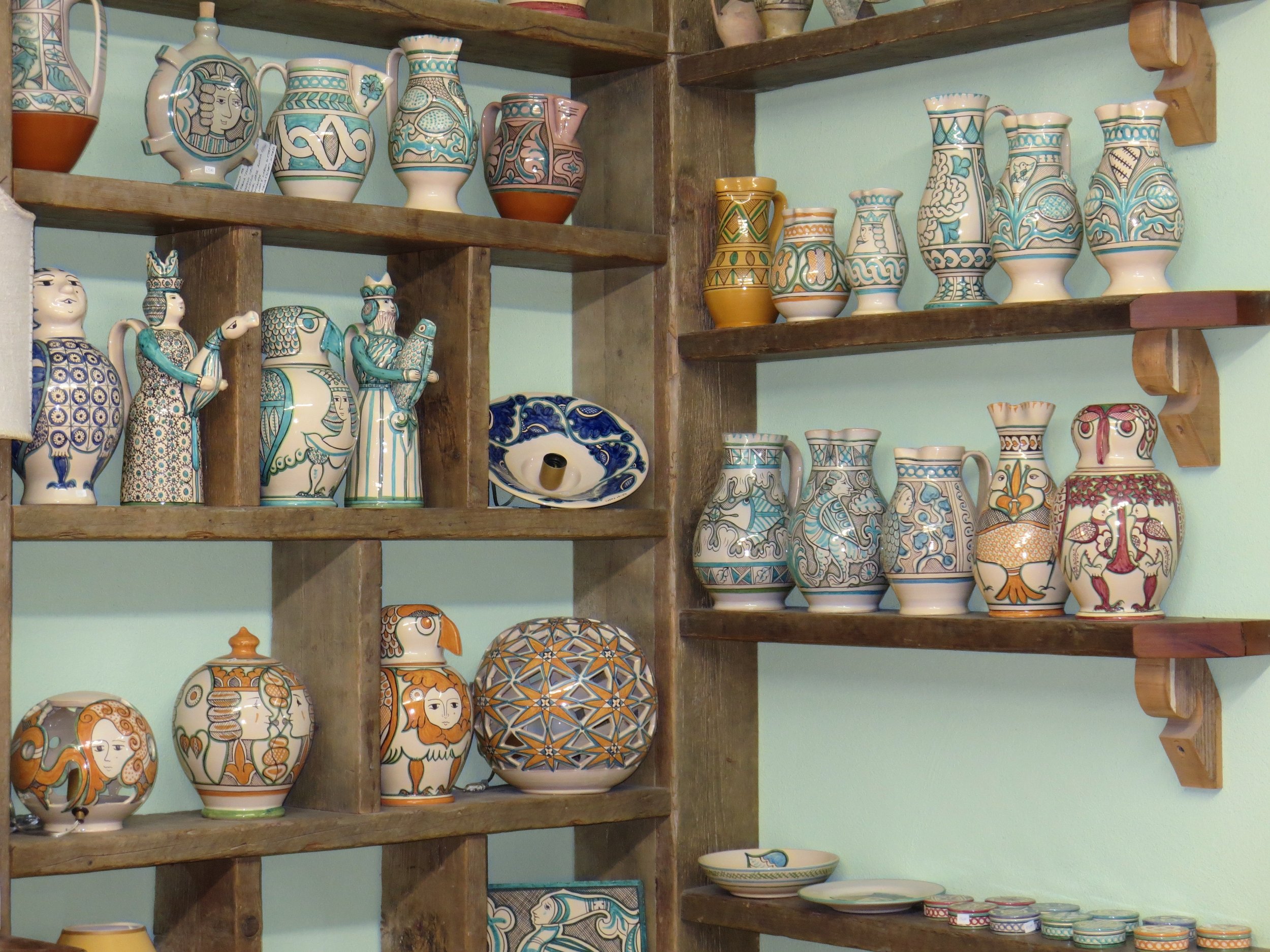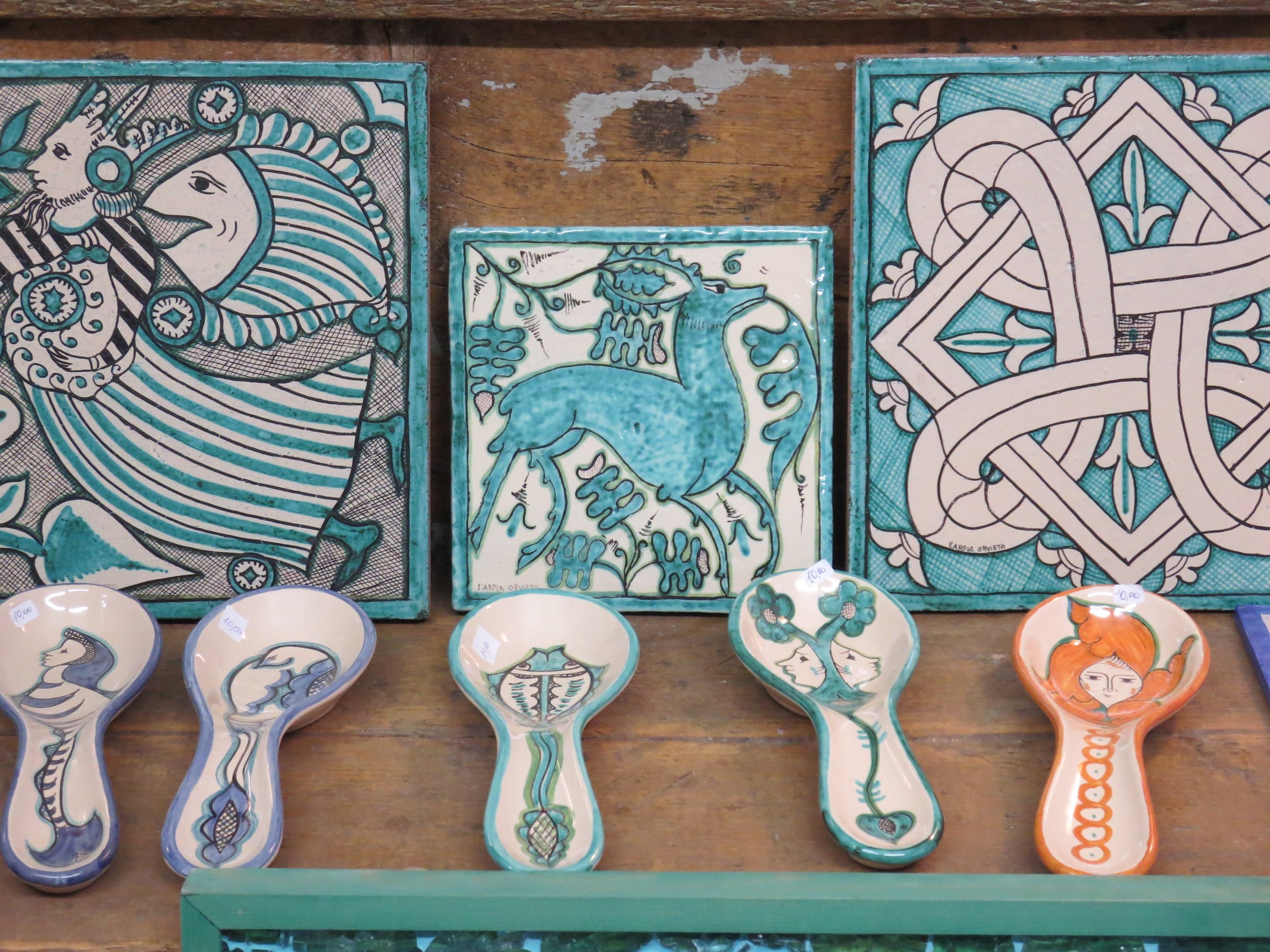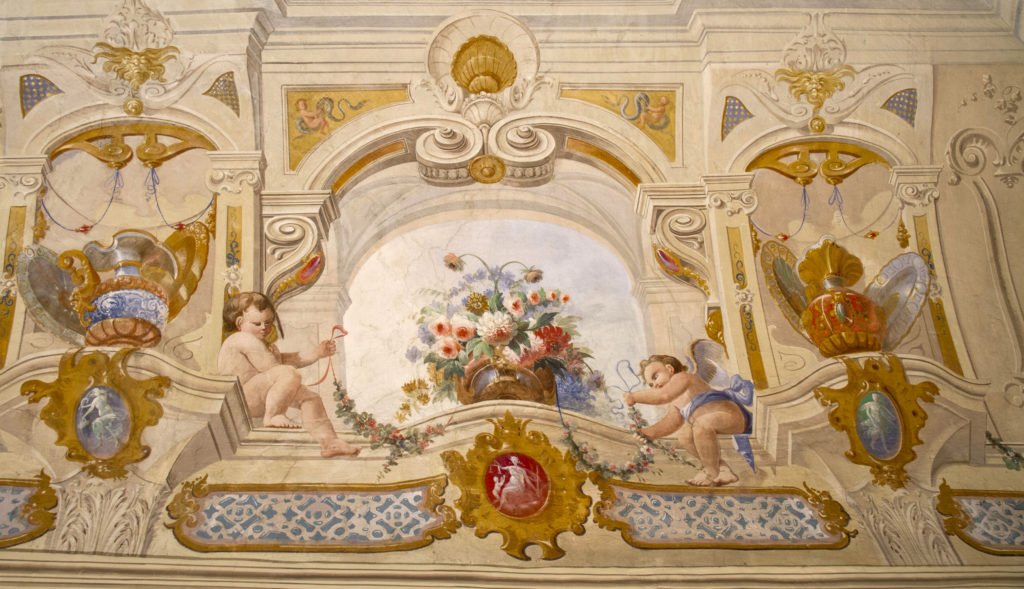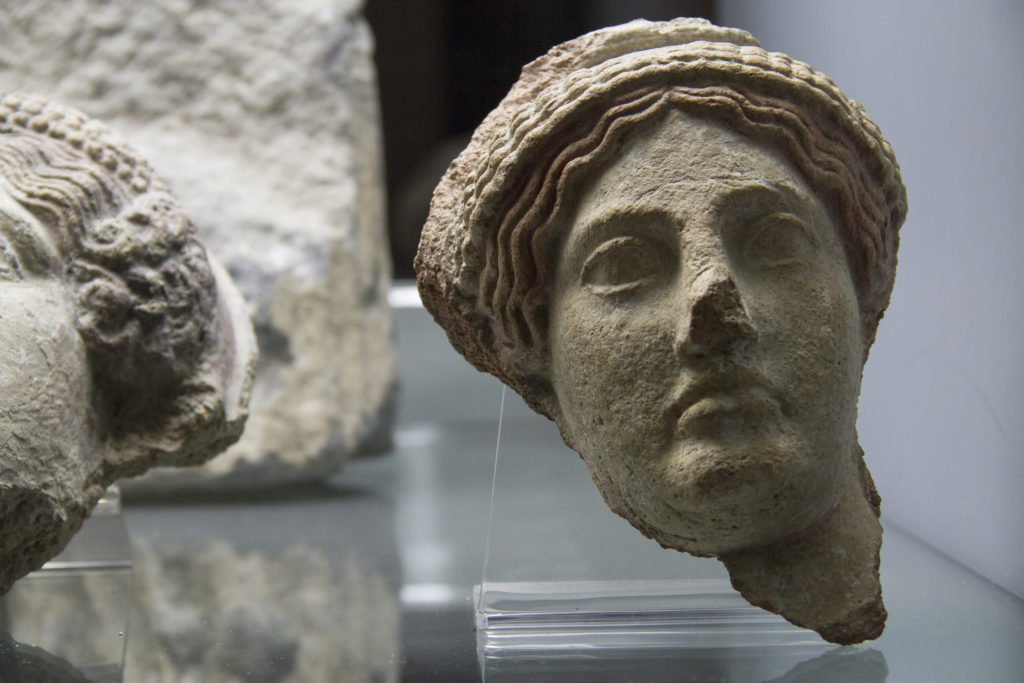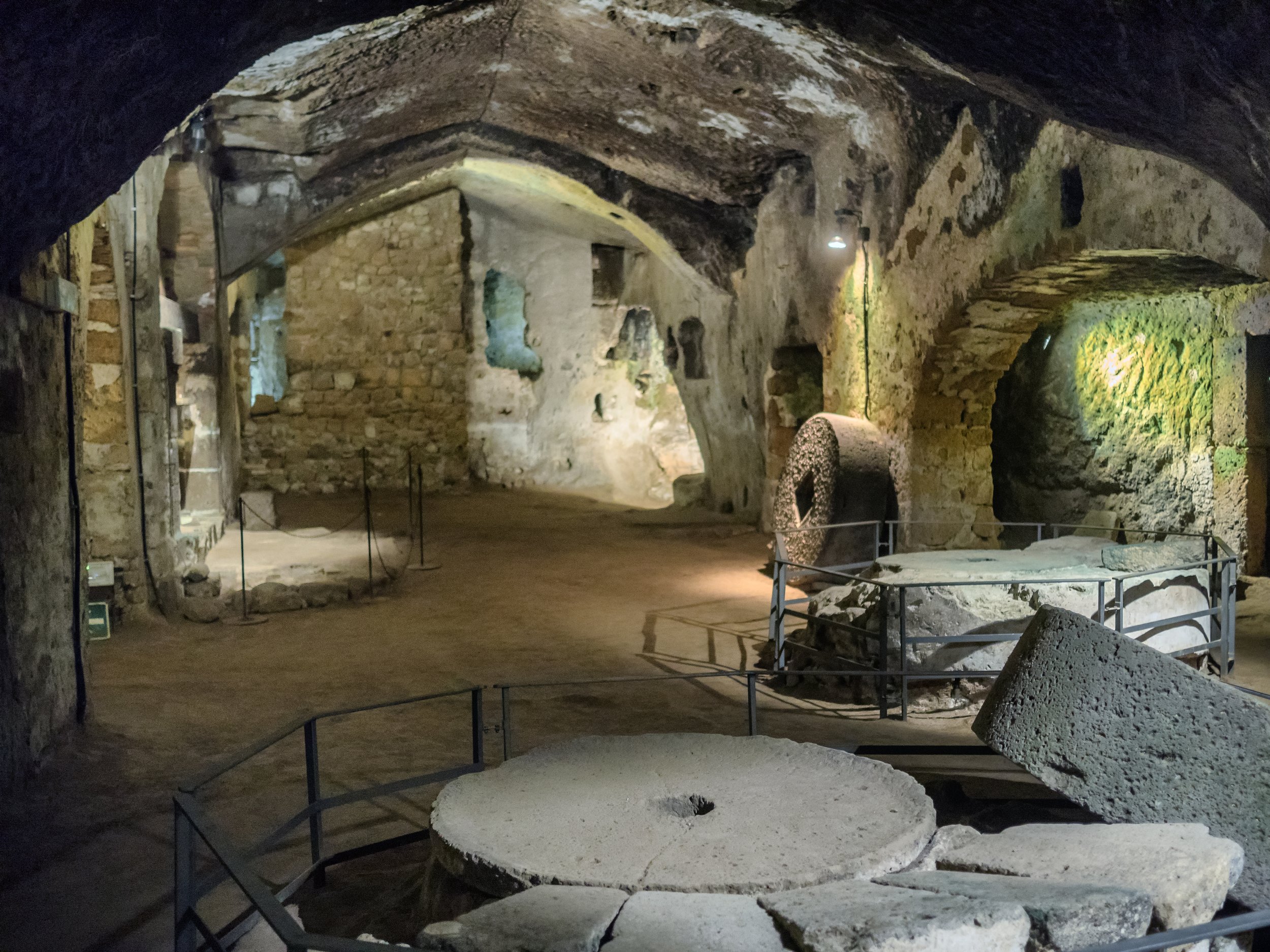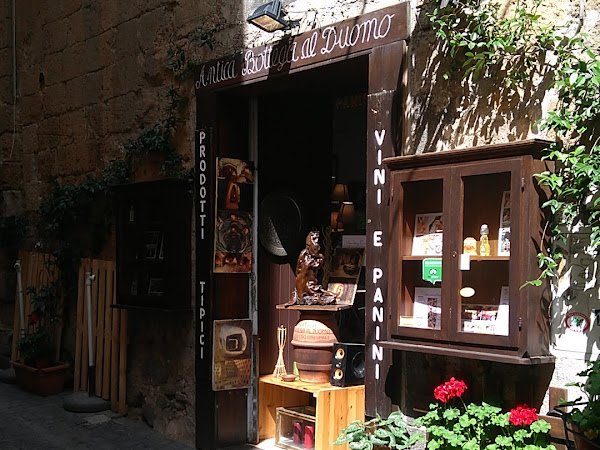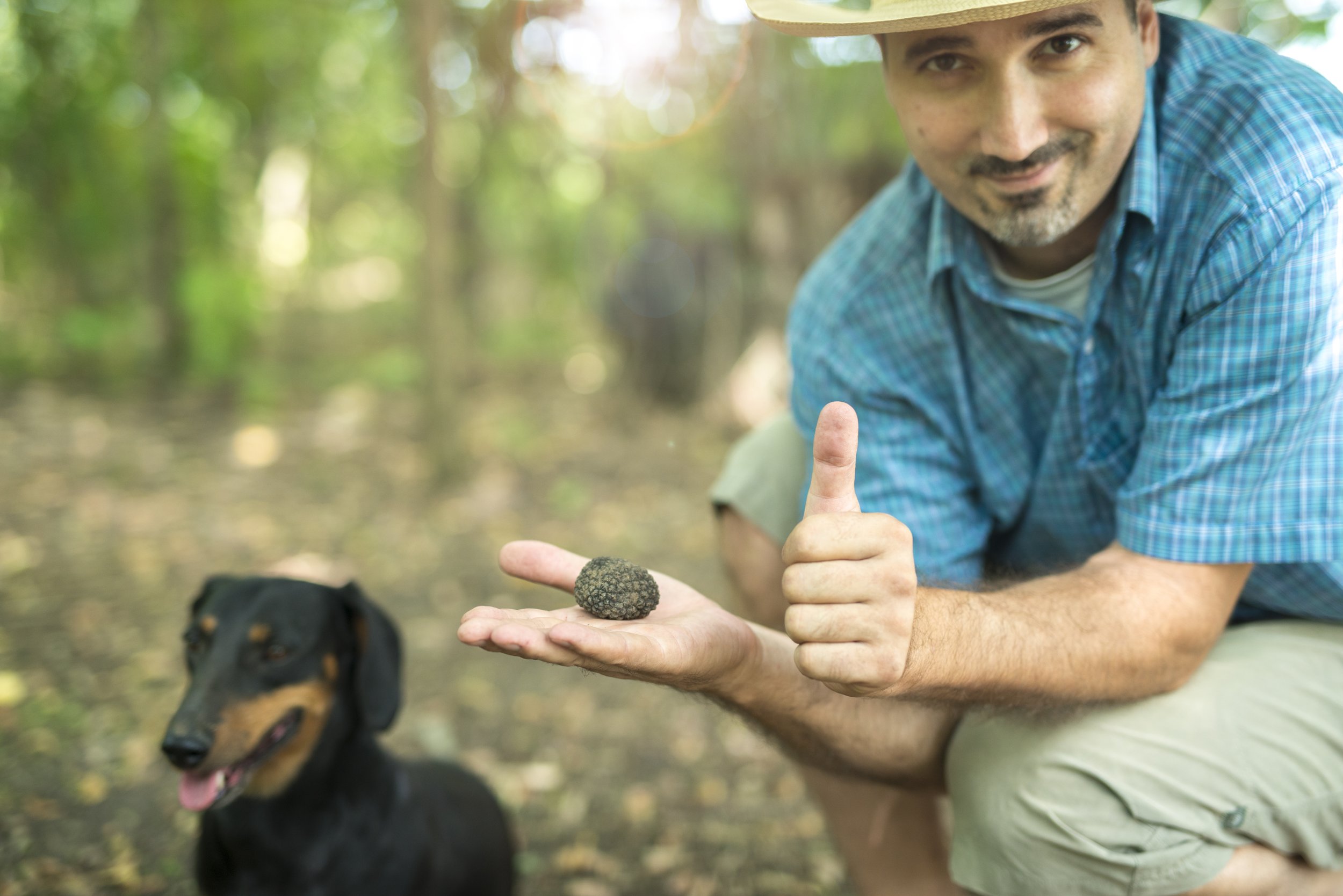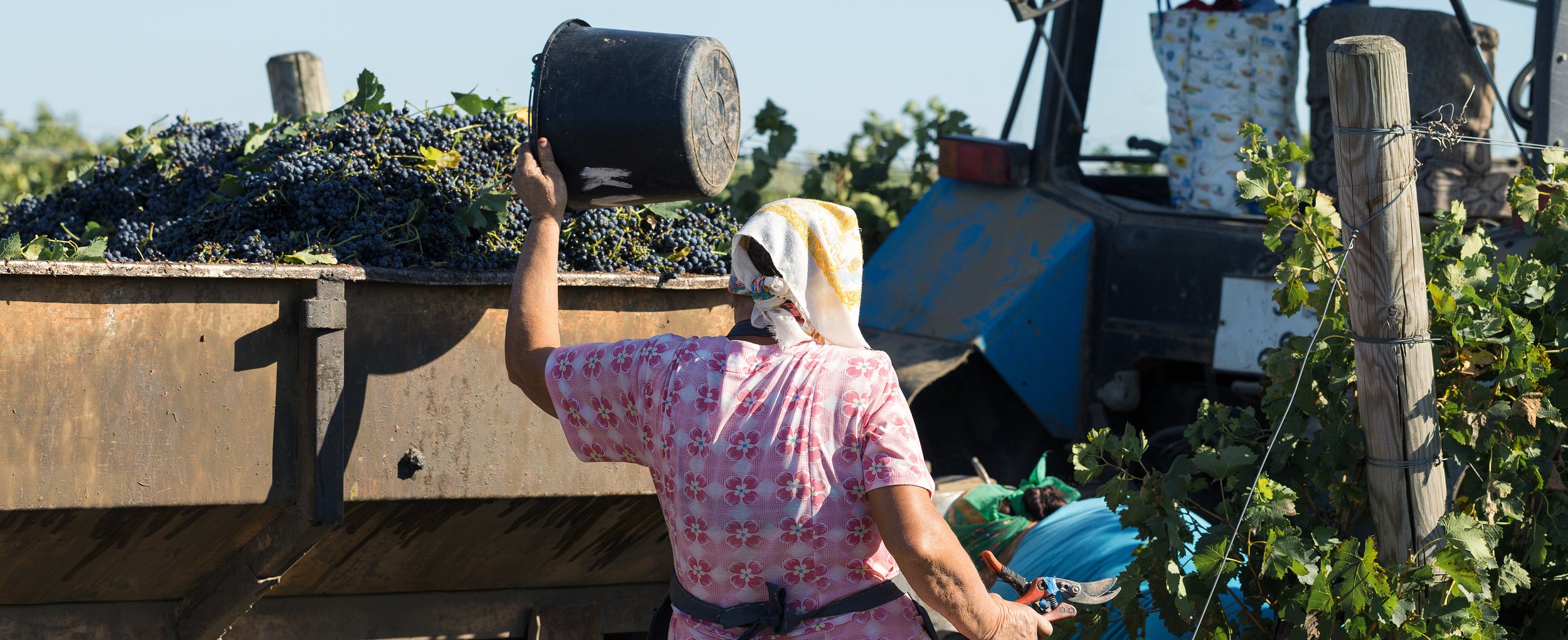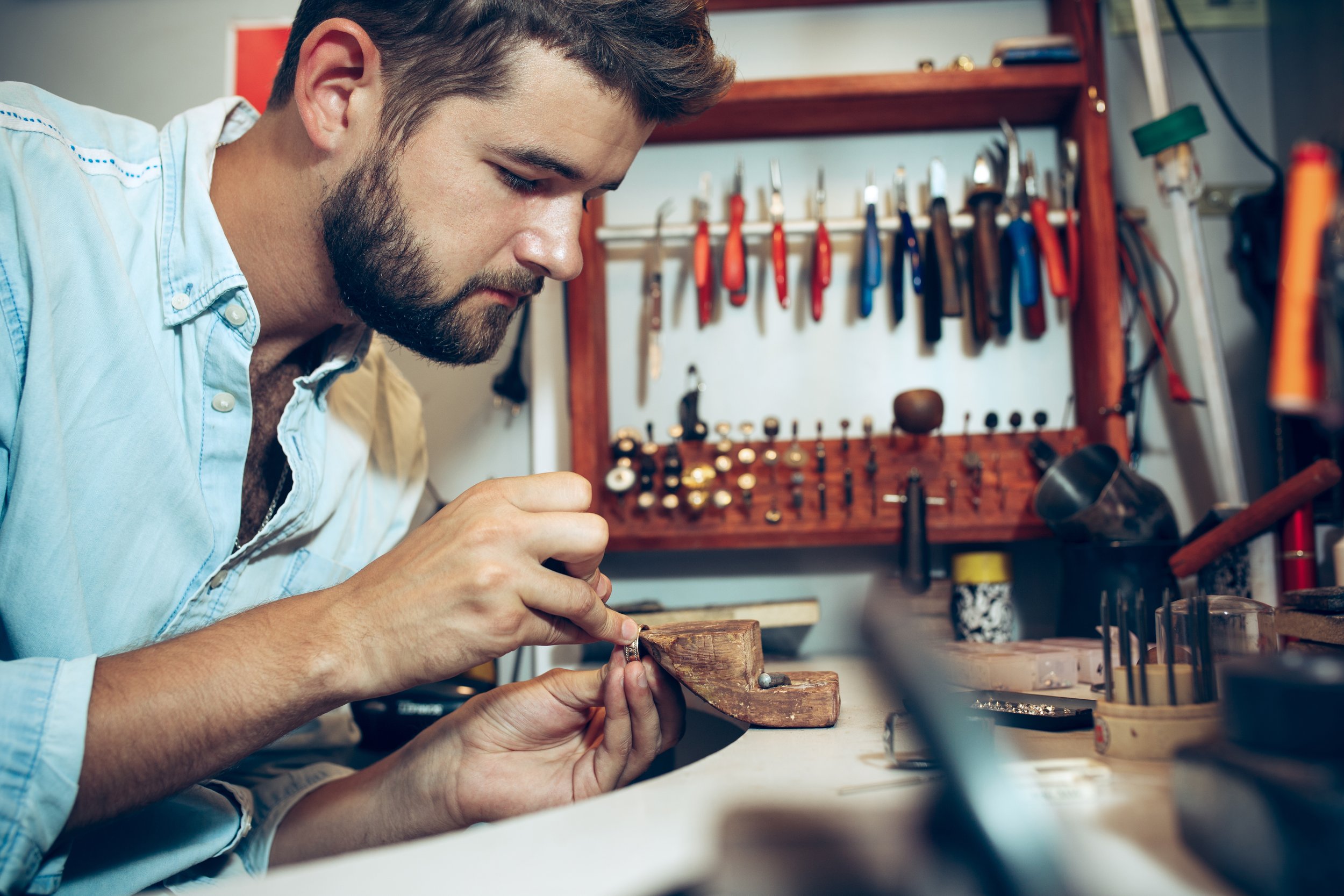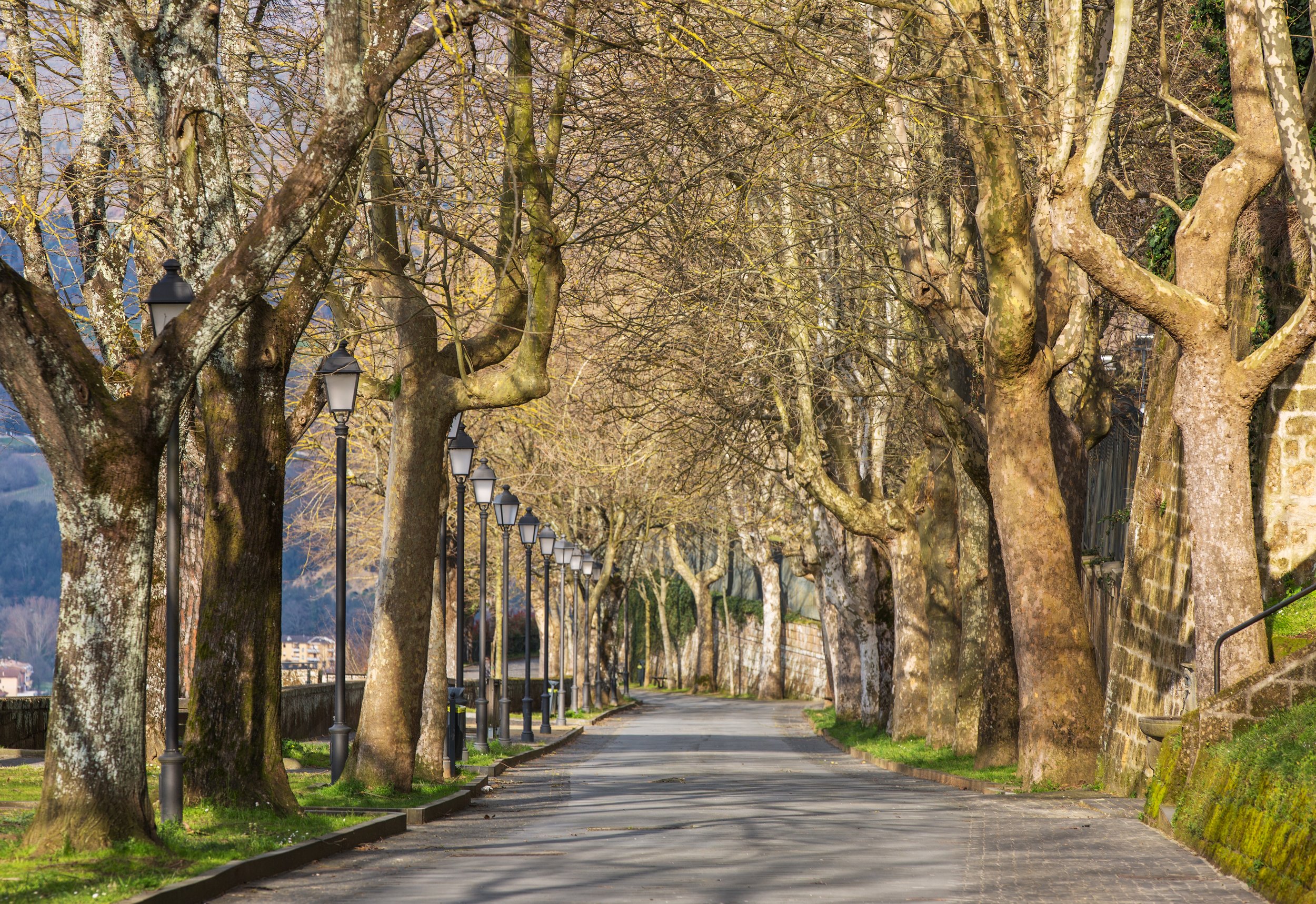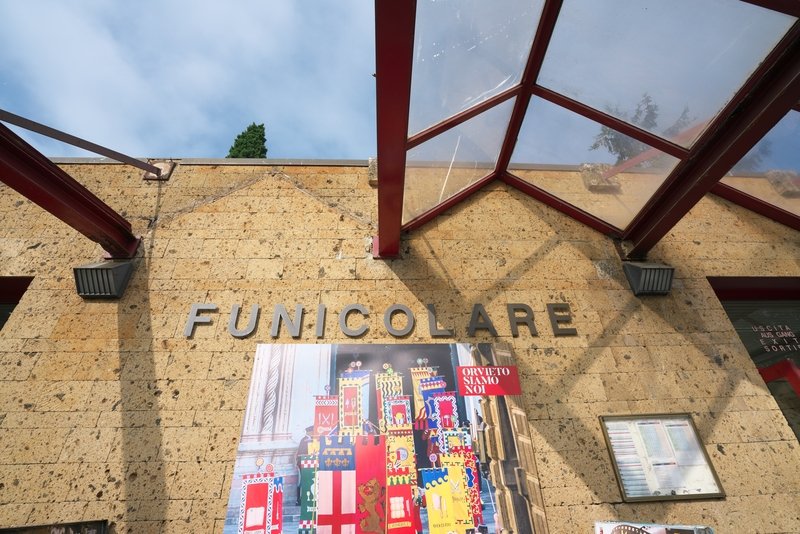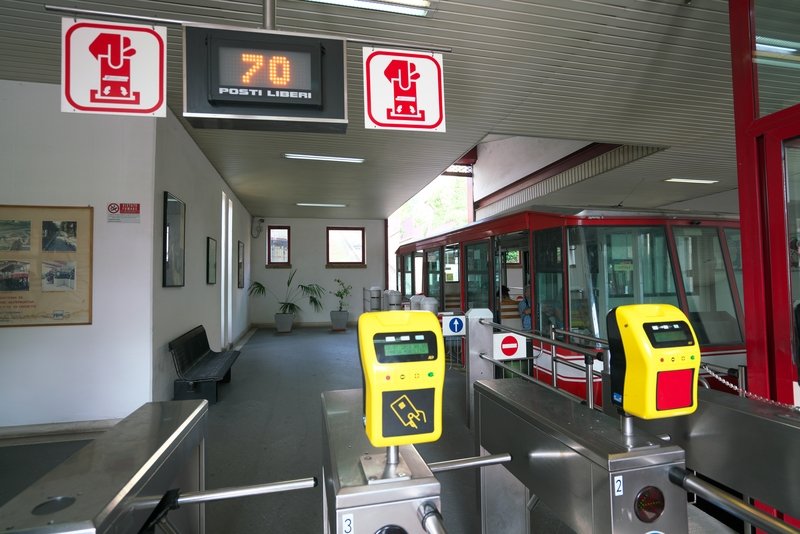Enjoy an enchanting day in Orvieto
Orvieto is one of the founder’s favorite places to visit in Italy when she is not in Firenze or her beloved Abruzzo. So, we begin our One Day Itineraries with this magnificent walled town, once populated by the Etruscans. Orvieto is a jewel and just a 45-minute train ride from Rome. It is an ideal place to find peace and quiet if you are looking for a day trip from busy Roma. Orvieto is also an ideal village to call home for a stretch of time as you explore glorious Umbria. If you come in late December or New Years, be sure to check out the Umbrian Jazz festival in Orvieto. Like to study? Courses are available to learn Italian and the history of the region. Cooking classes, guided walks in the surrounding landscape, classes in the ancient ceramic tradition of the area and studio experiences with Artisans await you. The best time to be in Orvieto is after sunset when most tourists leave.
One Day in Orvieto
Before you arrive, plan on tasting the goodness of Umbria with lunch at Antica Bottega al Duomo (near the Duomo) and dinner at Trattoria del Moro, near the tower. Make reservations the night before you arrive.
Antica Bottega al Duomo, Via Pedota, 2, +39 0763 341366
Trattoria del Moro, Via S. Leonardo, 7, +39 0763 342763
If you arrive by train, walk across the street, buy a round trip ticket for the Funicular and ride the tram to the top of the mountain where Orvieto sits. As you exit the tram, cross the street to the parking area and you will see Corso Cavour.
Photos of the funicolare and station by Hiroshi Tateishi
This street gradually slopes up to the center of town. It will take you about 20 minutes to walk to the top. Stop on your way, on the left, at Il Forno del 2000 for a delicious cafe or fresh juice with homemade pastries by Giancarlo di Marchetti, the proud owner. Giancarlo will roll out a very warm greeting to you and your fellow travelers.
Stroll along Corso Cavour. Take your time and visit the many shops along the way. You will pass a few ceramic shops, a book binder, a paper/card store, a few leather stores, a theater and a few trattorias. There is one store you must not miss. Look for Federico Badia on Corso Cavour, #263.
Federico, his wife Hannah, their son Sebastian and Federico’s mother, work together designing and making not only shoes but belts, wallets, handbags, and more. Recently they began to offer courses in leather works.
Federico and Sebastian
Continue your stroll and turn left at the sign for the Duomo on to Via del Duomo. The Duomo of Orvieto is one of Italy’s finest. The exterior mosaics and sculpture are dedicated to the Madonna. Inside you will find one of the largest pipe organs in Italy to the left of the main altar, and also on the left, a significant chapel, the Cappella of SS Corporale, containing a relic, from the Miracle of Bolsena in 1263, important to the history that influenced the construction in 1290 of this magnificent cathedral. The bloody corporal, a piece of linen from the altar’s cloth, is on display above the altar in this chapel. This relic is reverently paraded through Orvieto to celebrate Corpus Christi each year.
Interior of the Chapel of the Corporal, Photo by Anna Pakutina
Of particular value and beauty in the Duomo are the frescoes by Luca Signorelli in the Cappella di San Brizio (San Brizio chapel) which is to the right of the main altar. This chapel is a gem. Signorelli lived at the same time as Michelangelo. He was 30 years senior to Master Michelangelo Buonarotti. Most likely Michelangelo visited this chapel and was influenced by Signorelli’s genius. You can see how the frescoes in the Sistine Chapel resemble Signorelli’s work. He may have also witnessed Fra Angelico’s work on the vaulted ceilings which Signorelli completed. “On the sides of the high altar, you can admire the two statues of the sculptural cycle of the Annunciation made by Francesco Mochi in the early 600s. The two sculptures have a great artistic importance, in particular, the statue of San Gabriele Arcangelo Annunciante (1603) has been recognized by various scholars, as the first baroque statue in history.”
Another gem to the left of the main altar is the Pieta carved from a single block of marble by Ippolito Scalza, a native of Orvieto nearly 100 years after Michelangelo’s Pieta which is housed in St. Peter’s in Vatican City. Scalza brings Mother Mary’s suffering for the unspeakable loss of her beloved son to life in marble, supported by Nicodemus and a weeping Mary Magdalene. If you are an art history lover and would like to see more, there are also paintings and monumental statues that were once in the Duomo that are now in the nearby Museum dell’ Opera.
If you enjoy history and archeology, there are three other stops on the expansive piazza just outside of the Duomo. Directly across from the front of the Duomo you will see the gorgeous Faina Palazzo. Inside are two floors of Roman and Etruscan artifacts in the Claudio Faina Museum displaying items used in the day to day lives of these ancient cultures excavated in and around Orvieto.
To the right of the Duomo, The Museo Archeologic Nazionale Di Orvieto displays two replicas of Etruscan tombs with frescos. If you have not been to Tarquinia to see the tombs and frescoes, this is your chance.
Across the piazza in the far corner opposite where you walked in, is the Orvieto Underground. This is a huge complex of manmade caves, with over 1200 rooms, built by the Etruscans to protect themselves from invaders. The audio or guided tour will hold your interest. If you choose one of these museums, you will finish up in time for lunch.
Orvieto Underground
After lunch, walk back to Corso Cavour. Walk along and see more lovely shops.
Look for a fabulous ceramic store on Via del Duomo #42, Ceramicarte. Here you will see ceramics made in the traditional colors, themes and patterns from the Medieval Ages and contemporary pieces.
In a few blocks, you will come to another important church to your left, the Chiesa di Sant' Andrea e Bartolomeo. This church is built on top of an ancient Roman temple where you can see mosaic flooring and part of the old Roman street. The Roman artifacts are under the street level of the church.
Sant’ Andrea and Bartolomeo in Piazza della Republica dating back to the 12th century. Photo by Anna Pakutina.
It can be accessed by the staircase, at the entrance of the church which is rarely open. If it is open, do go for a few minutes. Certainly, take a peek inside the church to see a few Medieval frescoes.
There’s more to see.
If you have more than one day in Orvieto, consider the following:
Walking along the wall. There is a beautiful path with panoramic views of the surrounding rolling hills, farms and vineyards. Benches included.
Eat your way through town as you stroll. Try the food at the enotecas, trattorias and bars in town. Don’t forget the wild boar and truffles.
Go wine tasting. There are several local vintners offering tasting with local cheese and fresh salami and prosciutto.
Take a hike in the Sasseto forest.
Take a leather-making class with Federico Badia.
Our favorite places to lodge in Orvieto:
Hotel Duomo, 3 stars, 18 rooms, https://www.orvietohotelduomo.com/
Palazzo Piccolomini, 4 stars, https://www.palazzopiccolomini.it/
NOTE: Updated 2025

